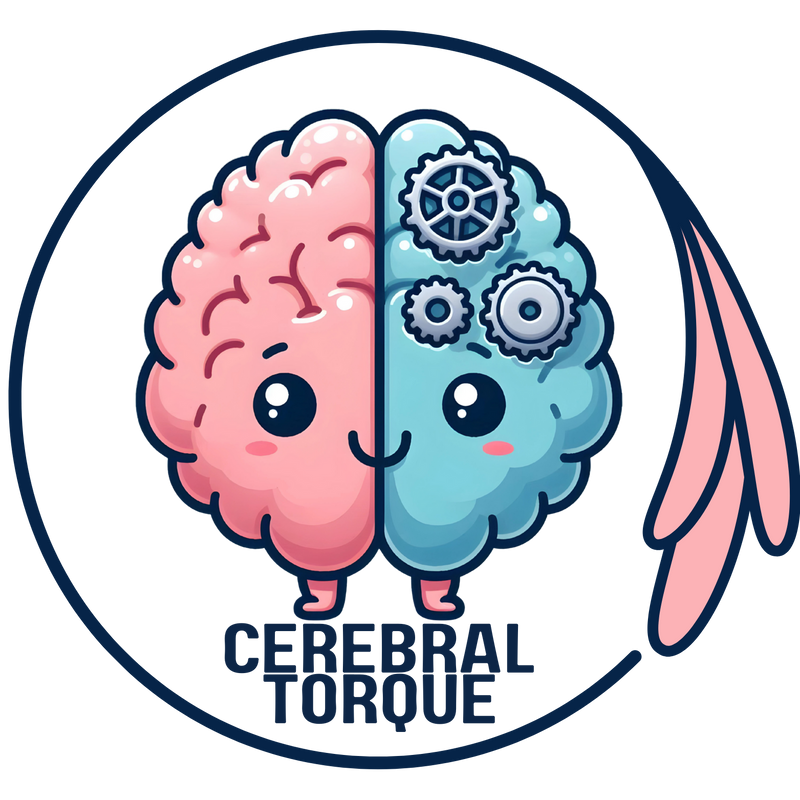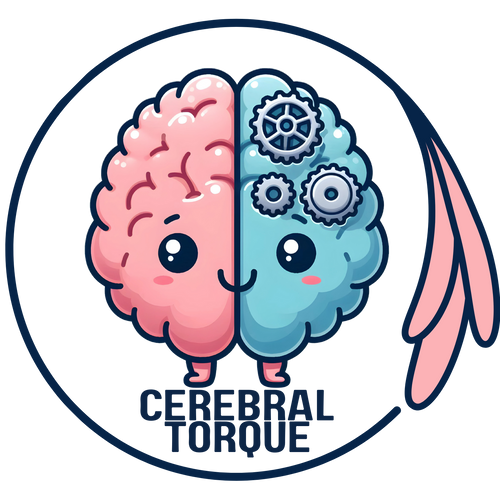A List of 50 Uncommon PREVENTIVE Migraine Medications
Posted on April 23 2023,

Below is a list of 50 PREVENTIVE migraine medications. This list is for chronic, refractory migraine patients that have not responded to first, second, or third-line preventive medications.
Many of these medications are not well-studied for migraine, may have serious adverse effects, and/or are not well-tolerated.
The ONLY purpose of this list is to start a conversation with your neurologist about the medications below. It is possible that some of these drugs will only be prescribed at a headache center specifically for chronic, refractory cases.
Every week, we will add a description to at least one medication with the available studies. Bookmark this page and come back to it on a semi-weekly basis. After every medication on this list is described with sources, we will move on to acute migraine medications that are less commonly used.
- Milnacipran (SNRI)
- Venlafaxine (SNRI) - considered a 2nd line preventive, but belongs with the other SNRIs
- Desvenlafaxine (SNRI)
- Duloxetine (SNRI)
- Telmisartan (ARB)
- Methylergonovine (ergot alkaloid)
- Lamotrigine (anticonvulsant)
- Depakote (anticonvulsant)
- Levetiracetam (anticonvulsant)
- Metformin (antidiabetic, biguanide)
- Clopidogrel (antiplatelet)
- Memantine (NMDA receptor antagonist, antidementia)
- Amantadine (NMDA receptor antagonist, antiviral)
- Ketamine (NMDA receptor antagonist, general anesthetic, analgesic)
- Mexiletine (antiarrhythmic)
- Lidocaine (anesthetic, antiarrhythmic)
- Bupivacaine (anesthetic)
- Acetazolamide (carbonic anhydrase inhibitor, diuretic)
- Haldol (1st gen antipsychotic)
- Haloperidol (1st gen antipsychotic)
- Droperidol (1st gen antipsychotic)
- Chlorpromazine (1st gen antipsychotic)
- Fluvoxamine (SSRI)
- Fluoxetine (SSRI)
- Buspirone (anxiolytic)
- Flunarizine (calcium channel blocker)
- Amlodipine (calcium channel blocker)
- Estrogen (hormone)
- Timolol (non-selective beta blocker)
- Nebivolol (selective beta blocker)
- Bisoprolol (selective beta blocker)
- Clonidine (central alpha agonist)
- Hydroxyzine (1st gen antihistamine)
- Cyproheptadine (1st gen antihistamine)
- Desipramine (tricyclic antidepressant)
- Doxepin (tricyclic antidepressant)
- Mirtazapine (tetracyclic antidepressant)
- Clonazepam (benzodiazepine, antidepressant)
- Phenelzine (MAOI, antidepressant)
- Cannabidiol (cannabinoids)
- Baclofen (muscle relaxant)
- Low dose naltrexone (opioid antagonist)
- Amiloride (K-sparing drug diuretic)
- Spironolactone (K-sparing diuretic, aldosterone receptor antagonist)
- Lisinopril (ACEi)
- Butterbur (No)
- ALA (No)
- THC (only some states)
- Psilocybin (hallucinogen, only some states)
- CBN with melatonin
Mon, Aug 04, 25
Evidence-Based Guide to Migraine Nutraceuticals and Herbal Options
Evidence-based guide to natural migraine treatments including riboflavin, magnesium, ginger, and CoQ10. Compare effectiveness, dosing, and safety of 15+ nutraceuticals and herbal remedies for migraine prevention and acute treatment with...
Read MoreMon, Jul 28, 25
Status Migrainosus Guide: A migraine attack lasting 72 hours or more
Status migrainosus is a severe migraine complication lasting over 72 hours requiring emergency treatment. Learn evidence-based management strategies, IV therapy protocols, diagnostic criteria, and prognosis from this comprehensive clinical guide...
Read MoreFri, Jul 25, 25
Understanding Cutaneous Allodynia in Migraine
Learn about skin hypersensitivity affecting 63% of migraine patients, validated assessment tools, suicide risks, and how allodynia predicts treatment response. Evidence-based insights from major population studies including AMPP and MAST...
Read More


